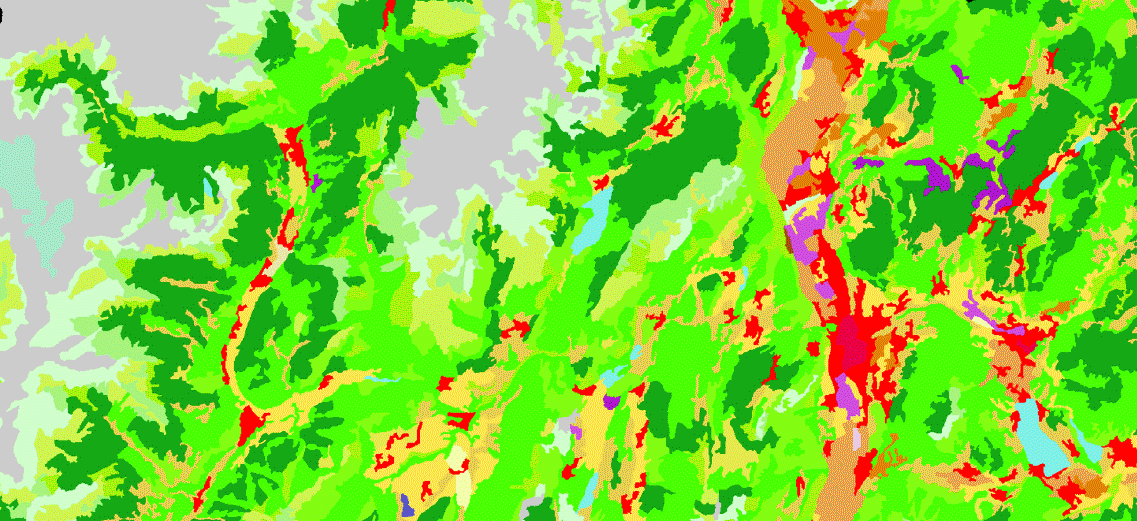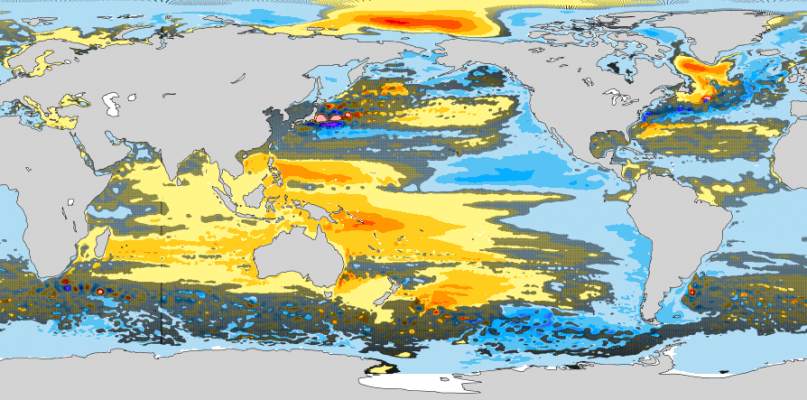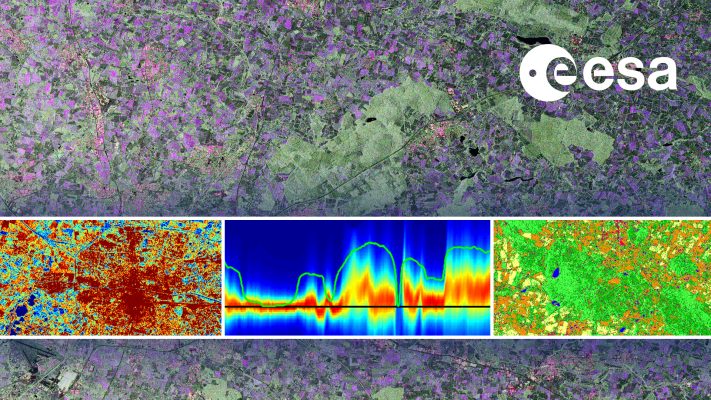Bas Altena
“The Fellowship was my first independent project, which I perceived it as an encouragement to innovate and explore new avenues” After the end of the Living Planet Fellowship, Bas got another research grant and continued working on optical remote sensing of glacier change, though along the way he discovered more opportunities exist, and has …



